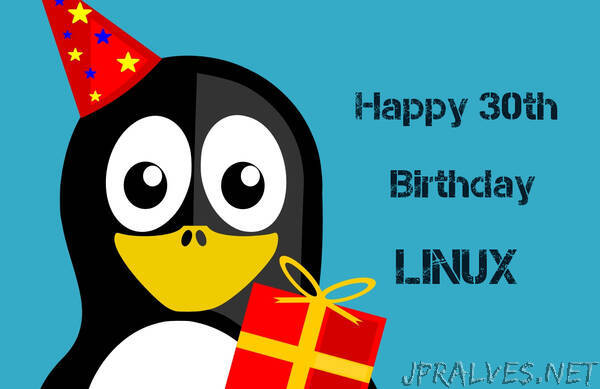
“Greg Kroah-Hartman talks to El Reg about world domination, what was, and what may be for the kernel
On August 25, 1991, Linus Torvalds, then a student at the University of Helsinki in Finland, sent a message to the comp.os.minix newsgroup soliciting feature suggestions for a free Unix-like operating system he was developing as a hobby.
Thirty years later, that software, now known as Linux, is everywhere.
It dominates the supercomputer world, with 100 per cent market share. According to Google, the Linux kernel is at the heart of more than three billion active devices running Android, the most-used operating system in the world.
Linux also powers the vast majority of web-facing servers Netcraft surveyed. It is even used more than Microsoft Windows on Microsoft’s own Azure cloud. And then there are the embedded electronics and Internet-of-Things spaces, and other areas.
Linux has failed to gain traction among mainstream desktop users, where it has a market share of about 2.38 per cent, or 3.59 per cent if you include ChromeOS, compared to Windows (73.04 per cent) and macOS (15.43 per cent).
But the importance of Linux has more to do with the triumph of an idea: of free, open-source software.
“It cannot be overstated how critical Linux is to today’s internet ecosystem,” Kees Cook, security and Linux kernel engineer at Google, told The Register via email. “Linux currently runs on everything from the smartphone we rely on everyday to the International Space Station. To rely on the internet is to rely on Linux.”
The next 30 years of Linux, Cook contends, will require the tech industry to work together on security and to provide more resources for maintenance and testing.
Its first 30 years in hindsight are more plain to see, but the past still requires some interpretation. So The Register asked Greg Kroah-Hartman, the Linux Foundation fellow who oversees stable Linux kernel releases, to explain what just happened, and where it’s all going.”
